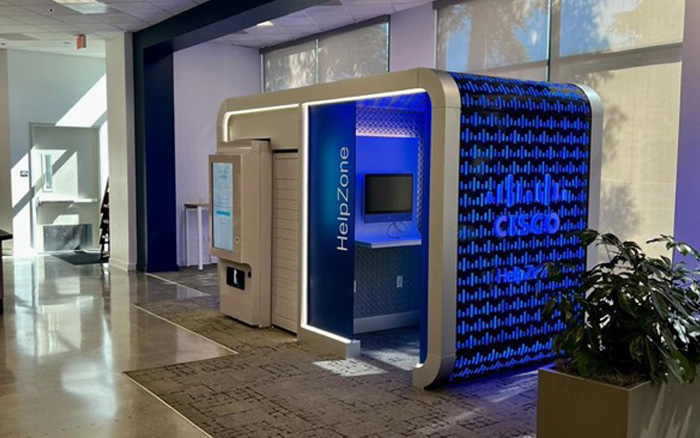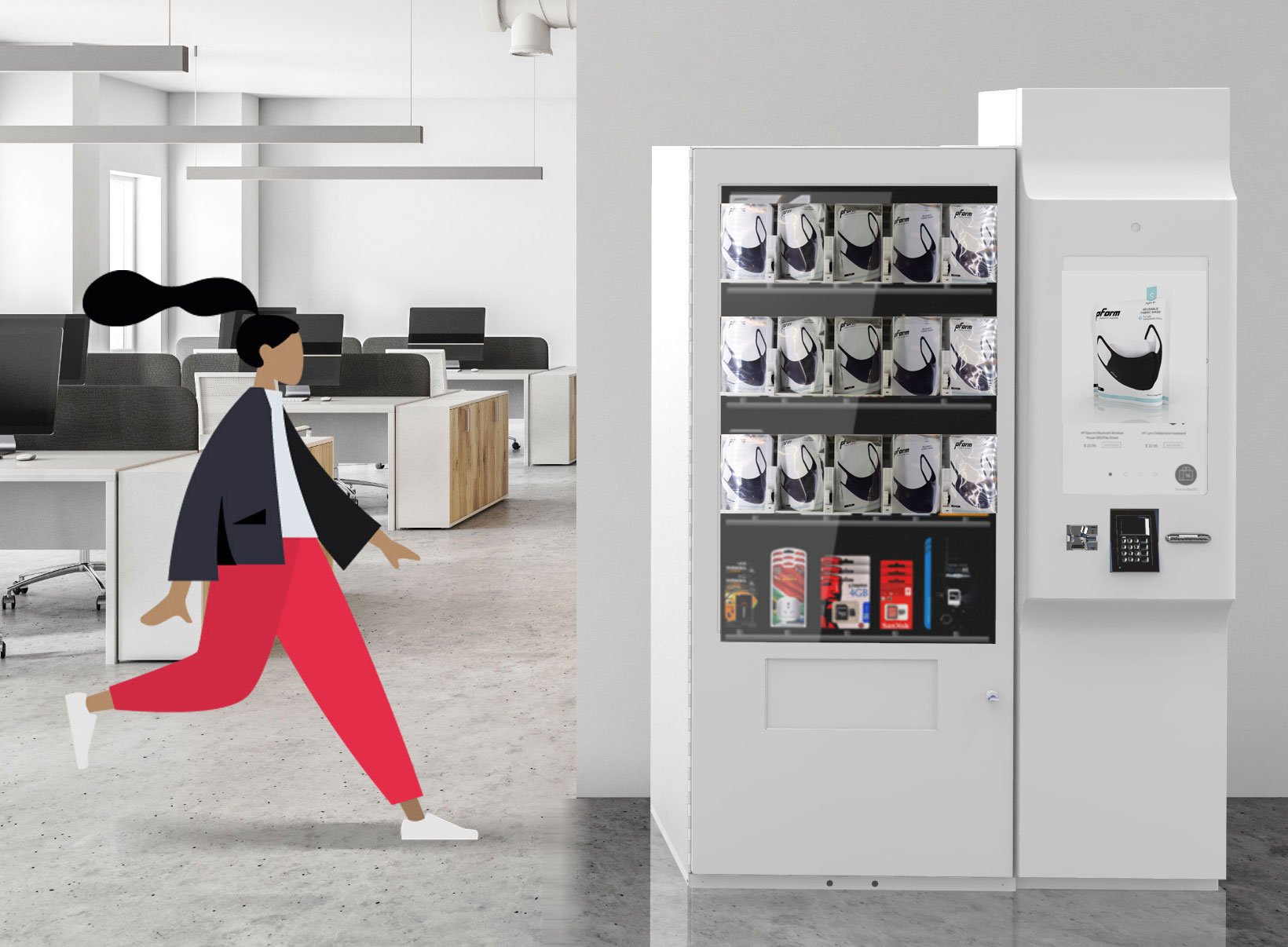Digital Workplaces were a trend in large businesses even before the pandemic: They can be a catalyst for productivity and efficiency. And many employees simply enjoy the freedom of being able to work from anywhere — especially if they can do it seamlessly.
To make digital workplaces a success for your organization, it’s essential to know what a digital workplace really is, what can it accomplish for an organization, and how it can be implemented to maximize the benefits.
Keep reading to find out — and to learn how Signifi can help your business.
What is a Digital Workplace?
A Digital Workplace isn’t just an organization that allows for remote work. The concept goes beyond that: A digital workplace is one that maximizes productivity and collaboration through the intelligent application of digital tools.
To help distinguish between ordinary work-from-home arrangements and dynamic digital workplaces, here’s another definition, from Hewlett Packard: “A digital workplace is a virtualized form of the traditional, in-person office environment, where many elements of collaboration and productivity are performed through some combination of digital applications, cloud computing and other technology.” (Our emphasis added.)
What are the advantages of digital workplaces?
Many of the benefits of digital workplaces stem from advantages of not being tied down to a particular geographic point. For example, digital workplaces can allow for more fluid relationships between employees — they’re freer to organize themselves into project-focused teams regardless of where the members are located.
Decentralization motivates organizations to rethink and streamline their processes, in favour of systems that are more digital and easier to use. (And it’s good to bear in mind that happier employees are more efficient!)
Transitioning to a digital workplace can also lead to significant cost savings for organizations. By reducing the need for physical office space, companies can cut down on real estate expenses, utility costs, and maintenance fees. Moreover, digital workplaces minimize or eliminate the need for paper-based documentation and manual processes, reducing printing, storage and administrative costs. The adoption of cloud computing also allows organizations to scale their IT infrastructure as needed, without investing heavily in hardware or software.
Even for organizations that have mandated at least a partial return to the office, flexibility is important for employees and a positive for employee retention. Digitally facilitated remote work is, as we’ve noted before, an option that a lot of key talent will want to have.
What digital workplaces mean for IT departments?
Digital workplaces have obvious and important implications for IT departments. Employees need access to software, cloud storage, and physical assets — including everything they need for meetings and presentations — no matter where they happen to be located.
To meet these needs, IT departments have to provide, maintain, and manage the lifecycle of assets in different locations. They need to have a solution for IT asset management (ITAM).
Digitally operated smart lockers and automated kiosks can help organizations meet the challenge. Smart lockers located at your organization’s designated hubs can provide a secure and convenient storage solution for IT assets when they’re not in use. As the IT department, you can assign lockers to employees, enabling them to store their devices safely, charge them, and retrieve them when needed. This ensures that devices are protected from theft or damage and are readily available for use.
And when equipped with an intelligent ITAM solution, an organization can also manage its inventory with greater transparency and convenience than ever before. As the IT department, not only can you keep track of where your devices are, you can leverage smart lockers to simplify device provisioning and maintenance processes. For example, you can instruct employees to drop assets off in a secured locker when they need upgrades or repair. At the same time, they can pick up a replacement or “loaner” from another compartment and resume working right away.
And from a security standpoint, smart lockers can offer authentication and access control systems to ensure only authorized employees access the devices they’re entitled to. This helps IT departments maintain data security, privacy and compliance standards.
Need a Digital Workplace Solution? Talk to Signifi
At Signifi, we offer turnkey solutions to help organizations realize the full potential of digital offices.
We can help organizations set up an IT Asset Management System that allows for centralized control — thanks to our SignifiVISION software — but distributed across multiple locations, using automated kiosks and lockers.
Signifi’s IT asset management lockers offers integration with ServiceNow, Remedy and other ITSM systems via RESTful APIs. We’ll help you deliver IT support to multiple locations, driving higher productivity and improving ticket response times.
In short: As organizations strive to create efficient digital workplaces, IT departments will have to be leaders and problem-solvers within their organizations. We have the tools to help you do that.
Calculate your ROI. Contact us today and get the conversation started.

.png)

